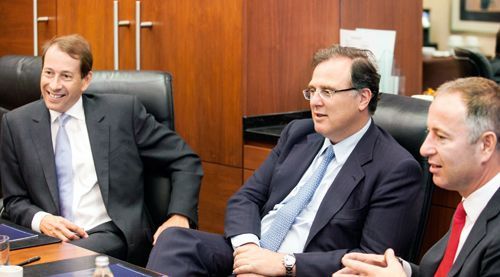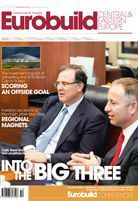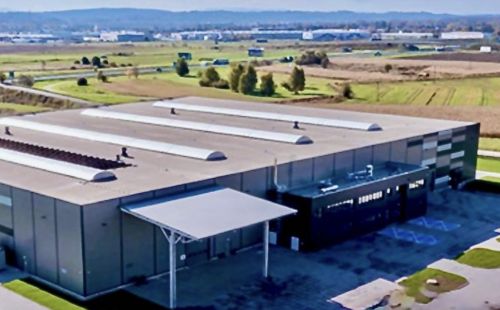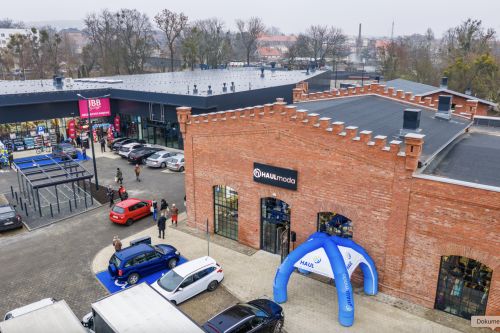Nathan North, ‘Eurobuild CEE’: What does the merger mean for the new Cushman & Wakefield’s operations globally and in the CEE region? What advantages will it bring for both you and your clients? Will you be expanding your range of services or focusing more on particular ones?
Carlo Barel di Sant’Albano, chief executive for global capital markets: The critical aspect is that one goes into these transactions with the clients’ best needs foremost in our minds. In our case, the main point is to expand the platform and cover the whole world with our services. DTZ has traditionally been strong in the Asia/Pacific regions, while C&W is a force in the Americas. Clients are becoming ever more sophisticated and very global. So both companies have highly complementary platforms. It also strengthens the occupier services side of our operations.
Jonathan Hallett, the head of the CEE region: And the merger will raise C&W’s recur































































